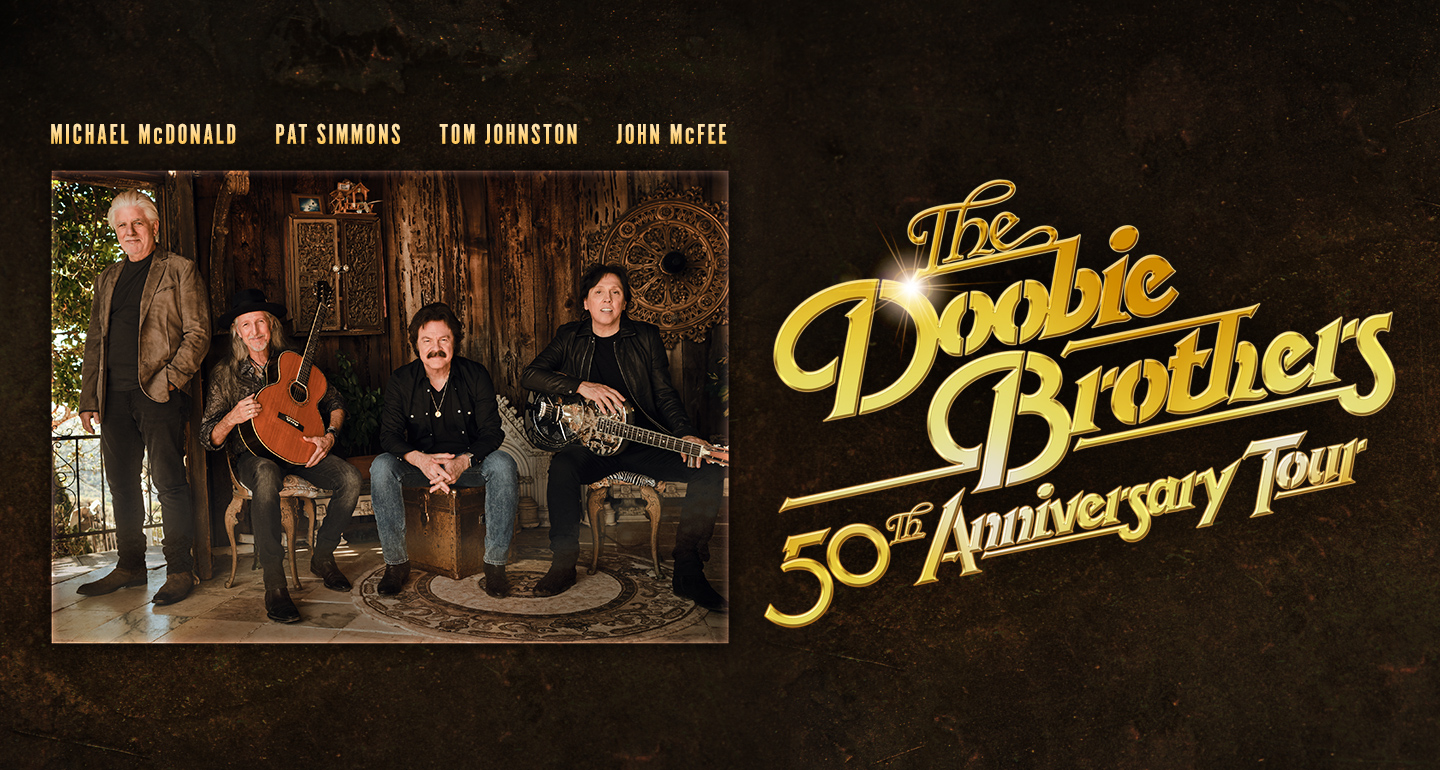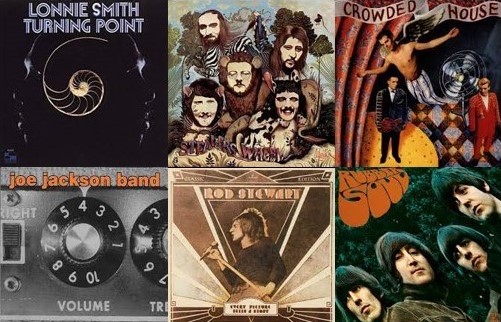Once again it’s Saturday and I’d like to welcome you to my latest weekly look at new music. All six picks in this post are from releases that appeared yesterday (December 1).
Allman Brown/Call Me On
Leading off this installment is an artist who admittedly got my attention at least in part because of his cool name: Allman Brown, a young UK-based singer-songwriter. According to his Spotify profile, Brown’s influences include Bon Iver, Paul Simon, Tracy Chapman and Feist. He has released two studio albums to date (1000 Years – 2017 and Darling, It’ll Be Alright – 2019) and is now out with an EP, Second Son, Pt. 1, the first half of his new album Second Son. Here’s Call Me On. Brown’s vocals and the song’s pleasant melody drew me in.
Muriel Grossmann/Devotion
Muriel Grossmann is an Austrian saxophonist and composer. She was born in Paris and grew up in Vienna where she got into classical music at the age of five, playing the flute. When Grossman turned 21, she switched to saxophone and began touring with R&B, funk, world music and jazz groups and artists, such as Hans Tschiritsch, Shani Ben Canar, Christoph Kurzmann, Pete Hoven and The Original Brothers. Since 2002, she has led her own bands and released a sizable amount of albums. Off her latest, Devotion, here’s the title track – definitely a bit on the free form/experimental side but it intrigued me!
Beans On Toast/AI
Beans On Toast is the moniker of British folk singer-songwriter Jay McAllister. He emerged on the UK folk scene in 2005 and since 2009 has released a new studio album each year on December 1, which is his birthday. His 16th and latest is called The Toothpaste and the Tube. Here’s AI. The lyrics are pretty self-explanatory and sum up some of my sentiments about the potential and dangers of the potent technology.
Jonathan Rado/For Who the Bell Tolls For
Multi-instrumentalist, record producer and engineer Jonathan Rado first gained prominence with indie rock duo Foxygen, which he co-founded in 2005 with vocalist Sam France. They released six studio albums and five EPs until confirming their official break-up in August 2022. By that time, Rado already had produced albums for other music acts for six years, such as The Killers, The Lemon Twigs, Father John Misty and Weyes Blood. He also found time to pursue a solo career and since 2013 has released three albums under his name. Off this latest, For Who the Bells Tolls For, here’s the opener and title track.
Bones Owens/Bring Me Back
Bones Owens is a Nashville, Tenn.-based guitarist and singer-songwriter. From his AllMusic bio: Drawing on a variety of genres and his diverse work as a session and touring guitarist for artists like Bon Jovi, Mikky Ekko, and Yelawolf, Bones Owens makes eclectic alternative roots rock as a solo artist. After nine years as a working musician and songwriter in Music City, his first EP, Hurt No One, arrived in 2014. He issued a sophomore EP, Make Me No King, in 2017, followed by an eponymous full-length effort in 2021. He is now out with a new EP, Eighteen Wheeler, from which I decided to pick Bring Me Back. I like the rootsy sound!
Peter Gabriel/Live and Let Live
It’s been 21 years since we’ve seen a new studio album of original music by Peter Gabriel. Remarkably, I/O took nearly three decades to finish, and at one point (in 2005), Gabriel reportedly was working on 150 songs. For various reasons, the album’s release was delayed repeatedly, which apparently led some observers to wonder whether it would ever come out. Well, the time has finally come, and with nearly 70 minutes, Gabriel has delivered his longest album to date. And that’s not counting that each of the 12 tracks comes in a bright-side and a dark-side mix. Based on my initial impression, the album is “very Gabriel.” There’s no obvious hit like Sledgehammer, but if you like him, I suspect you’re going to dig I/O. Here’s the bright-side mix of Live and Let Live.
Sources: Wikipedia; Muriel Grossmann website; AllMusic; YouTube; Spotify













